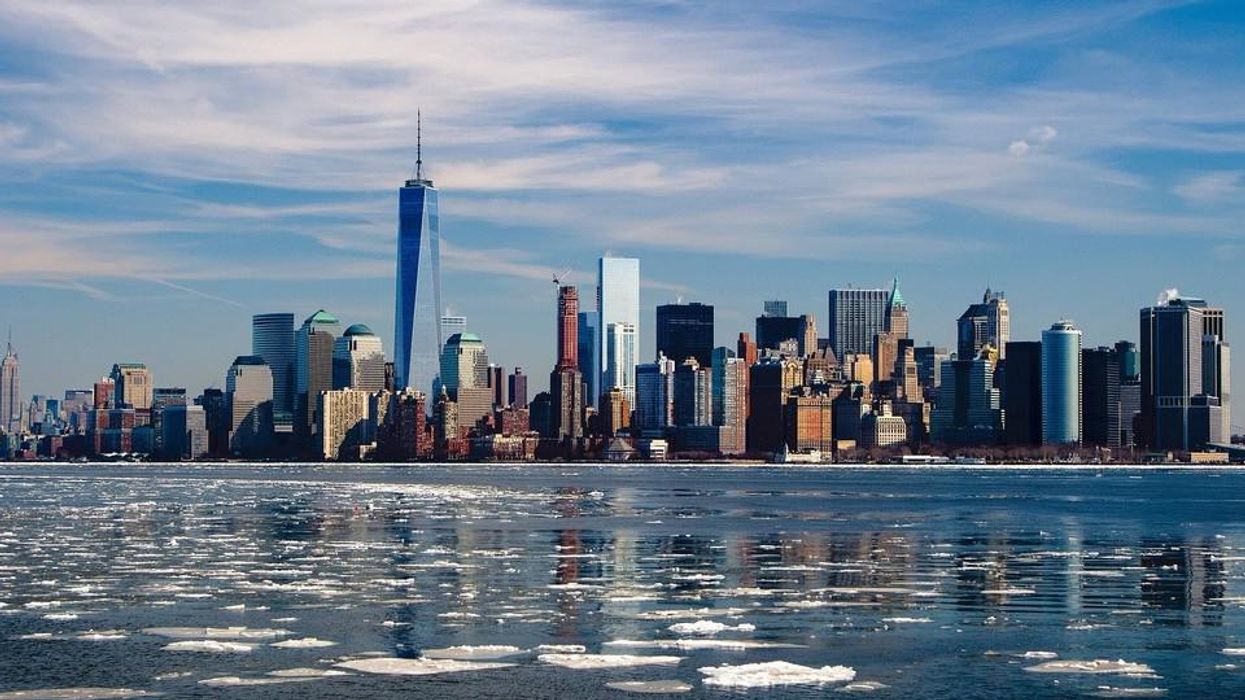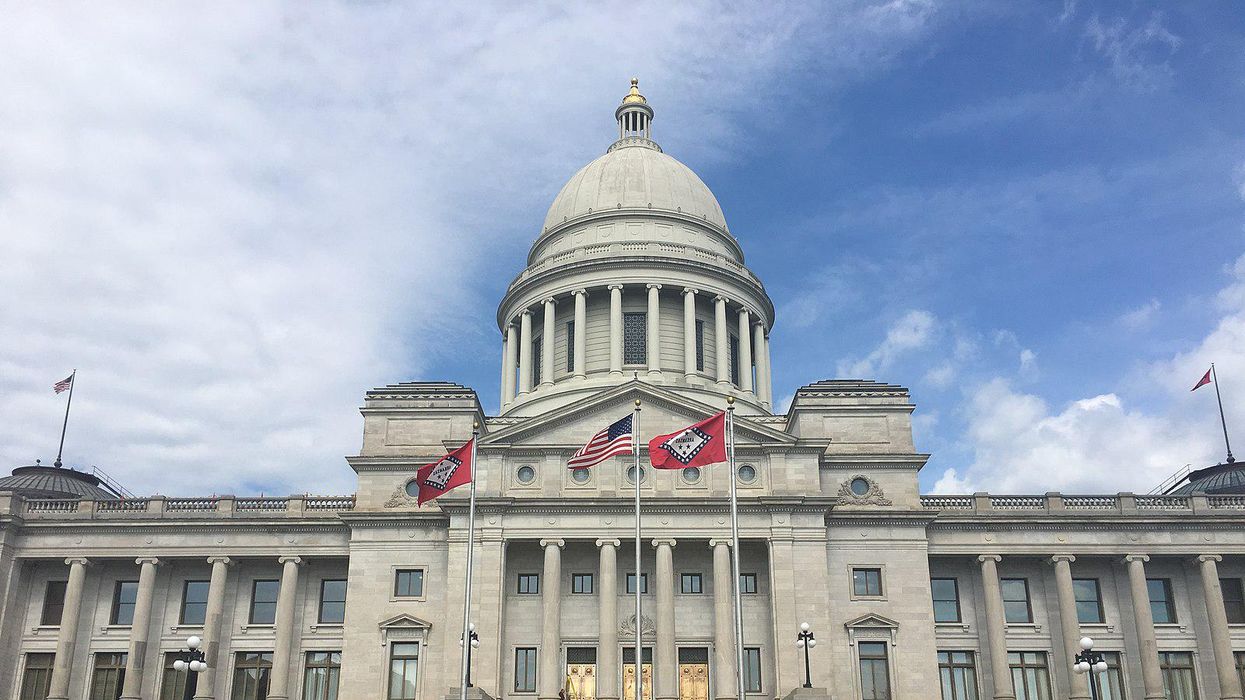Why Red States Will Rue Trump's Plan To Deport Undocumented Immigrants
Whether immigration played a significant role in Donald Trump’s presidential victory this November, he and his nascent administration have certainly read the election results as a mandate to deliver on his promises of mass deportations.
Yet talk is easier than action, and if carried out, the costs will be disproportionately borne by red states and areas.
Half of all undocumented immigrants in the country live in Florida, Texas, and California, according to data compiled by the American Immigration Council. But while California will put up every legal roadblock and refuse to assist federal authorities in targeting its own undocumented population, Texas and Florida may gleefully participate.
In Florida, 5% of the population is undocumented, or 1.1 million people, and that doesn’t include immigrants from Cuba, Nicaragua, Venezuela, and Haiti residing under temporary protected status, which will clearly be targeted by the Trump administration.
If emptied out of all undocumented immigrants, Florida would lose $1.8 billion in tax revenue, while Texas would lose nearly $5 billion, while those same immigrants are mostly ineligible for government benefits. That’s free money for the states.
Then there are the economic consequences—if you remove millions of low-wage workers, everything from agriculture, to construction, to industries like hospitality suddenly become dramatically more expensive. Florida’s 2023 anti-immigrant law, which cracked down on businesses hiring undocumented workers, could end up costing the state over $12 billion a year. Crops are rotting in the field, as farms lack the labor for harvest. Roofing companies, swamped with work after hurricane season, lack workers to patch up homes.
And what happens when demand is greater than supply? Trump is going to have a hard time fulfilling promises of lowering prices when his signature policies (deportation and tariffs) are both highly inflationary.
For industries like agriculture and construction, the cost of mass deportations is so high and obvious that it is downright shocking that they would vote as Republican as they did. Nationally, 64 percent of rural voters—heavily dependent on agriculture—voted for Trump.
The numbers are even more stark in counties classified as “farming dependent” by the United States Department of Agriculture. Of the 444 farming-dependent counties, Trump won 433 of them by an average of 78 perccent. The outliers? They were mostly Black-majority farming counties along the Mississippi River in Arkansas, Louisiana, and Mississippi.
So it’s kind of pathetic watching industry agricultural groups now beg Trump to spare their workers from the very thing they voted for. (These are the same people who are also freaked out about tariffs and Robert F. Kennedy Jr.)
There are electoral ramifications as well. Undocumented immigrants are counted by the census and are included for purposes of reapportionment, which impacts the Electoral College. Given that California and New York are expected to lose as many as 7-8 seats to Texas and Florida, a massive shift in the undocumented population would certainly affect these projections. If these projections pan out, a Democratic presidential nominee will need more than just the swing states of Michigan, Pennsylvania, and Wisconsin to win the White House (unlike today).
The combination of expulsions, self-deportations (as immigrants head back home on their own), and migratory shifts from unsafe red states to sanctuary blue states could very well dramatically reshape the reapportionment math. It will bear watching if Trump disproportionately targets blue states for this very reason, despite the aggressively anti-immigrant governors in Florida and Texas, happy to lend the feds a helpful hand.
Trump’s biggest challenge, of course, is reality. How do you deport 12 million undocumented workers? The United States Border Patrol has less than 20,000 agents as of 2022, and just under 17,000 of those actually patrolling the border.
Where are they going to get the manpower to raid Los Angeles, Houston, Omaha, and Peoria in any appreciable numbers? Some estimates place the cost of deportations at hundreds of billions of dollars per year.
Without state support, the feds will have limited options. “It’s not going to be successful, as long as we have sanctuary cities and states that refuse to allow local and state police departments to work with ICE,” former Trump U.S. Customs and Border Protection commissioner Mark Morgan told Stateline.
So what is the benefit of a plan that is horrifically expensive, drives prices up for everyone, disproportionately harms rural America and red states, and may actually give blue states a population boost ahead of the 2030 census?
There is a very real chance that Trump’s mass deportation effort accounts to little more than typical Trump bluster and some high-profile raids. But if Texas and Florida lean in hard to help out in their own states, self-deportation back to their homelands and internal migration to safer blue states may very well end up backfiring on Republicans with the only thing they truly care about—their ability to wield power.
Reprinted with permission from Daily Kos.












